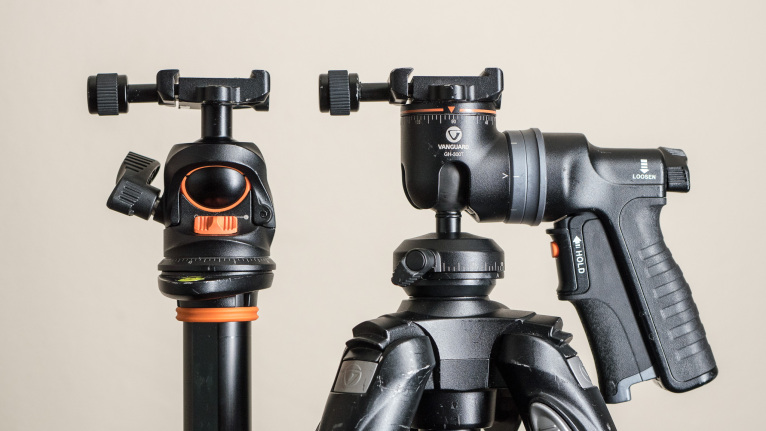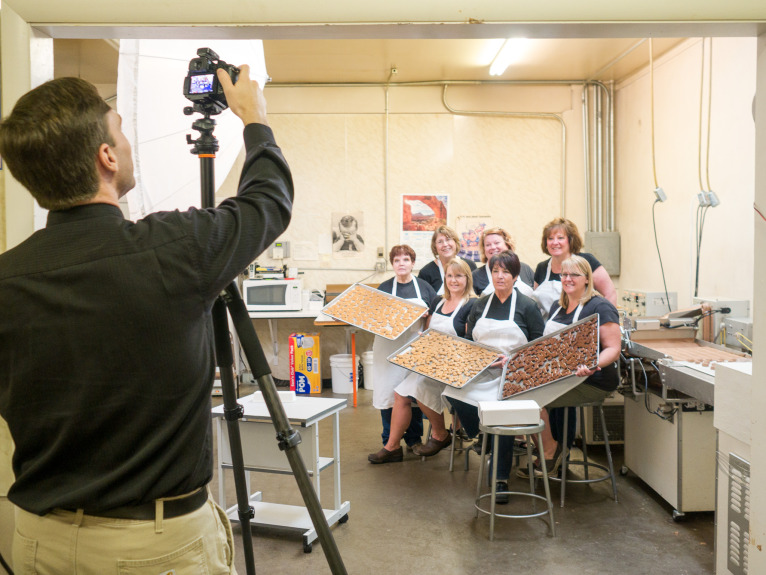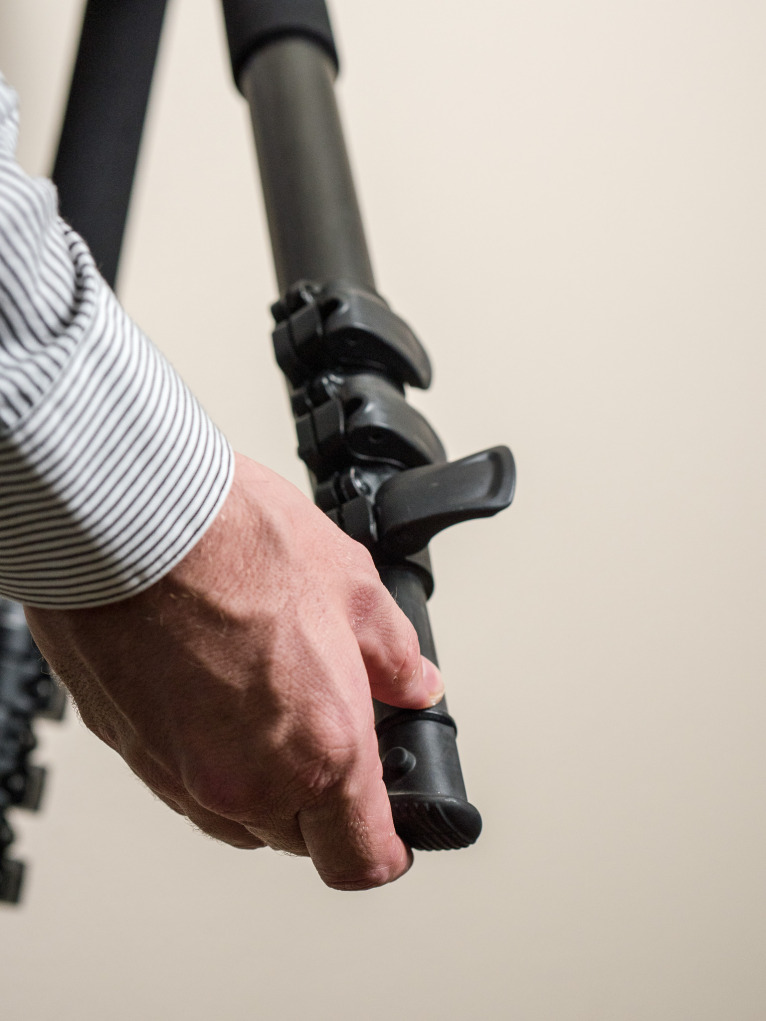BY VANGUARD PROFESSIONAL LEVI SIM
I know, I know: you can’t possibly use a tripod in portraiture because you’re moving around too much, and reframing, and chasing kids, and it’ll just get in the way and slow you down. I’ve heard all the reasons before, and I used to say the same things. Until I made a real effort to use a tripod in every shoot, I couldn’t believe I really needed it. Now I can’t shoot without it and my pictures are better, the expressions are more genuine, and my keeper rate is far higher. Getting that black box of metal and glass out from in front of your face will make a better portrait experience for everyone.
But it’s hard! I know it’s tough to change the way you shoot to include a set of metal sticks. It’s not totally intuitive, but here are a few things you can do to make using a tripod for portraiture an easier transition.
1. USE A BALL HEAD
The head of the tripod is where the camera connects and a ball head typically has one knob that loosens the camera so it can be repositioned quickly (it’s called a ‘ball head’ because all the movement happens on a ball and socket style joint) . I don’t recommend using a three-way pan head–this is the kind that looks like Sputnik with wands and adjustments sticking out all over the place. Pan heads can be more precise than ball heads, but I don’t need precision in portraiture; I need simplicity. Ball heads may have more than one adjustment knob, but the other knobs are for changing the tension of the main knob and for panning the camera horizontally. I also like to use my grip head, which is a ball head that replaced the main knob with a pistol grip so that simply squeezing the handle allows you to adjust the camera’s position.
2. PUT THE LEGS IN THE RIGHT PLACE
This tip has two parts, and I learned the first part from Tony Corbell. If you’re trying to not hate using a tripod, then position the legs so that one leg is out in front of the camera lens. This leaves you room to walk up to the camera without a leg sticking into your standing space. It’s simple, but it saves so much trouble and hard feelings.
This second leg placement tip may save you thousands of dollars: if you’re working on a slope or on stairs, always position one of the legs downhill. With one leg downhill, the camera’s weight is over the center of the tripod and that downhill leg will keep it very stable. If you position the tripod with two legs downhill, the weight of the camera is straight above those two legs and it will easily tip over without a leg to brace it downhill.
3. EXTEND THE BOTTOM SECTION FIRST
This goes against everything you’ve ever heard about using a tripod. The point of a tripod is stability, right? So you’re always supposed to extend the thickest leg sections possible in order to get the greatest stability–if you extend the skinny sections at the bottom of each leg first, the tripod is less stable. However, in portraiture your goal isn’t stabilizing the camera as much as it’s getting yourself out from behind the camera to interact with a person and elicit true expressions. Shutter speeds for portraiture are usually fast enough that the slight stability trade of using the small section first is unimportant.
Extending the bottom leg section is important because it makes adjusting the height of the whole tripod much simpler–you only have to reach to the topmost lock of each leg to adjust the height of the whole. If you extend the bottom section last, as is usually taught, you have to reach down to the ground on each leg (which are now positioned far apart) and it makes adjusting the height of the tripod more difficult, which will make you less likely to adjust to get the right height and the right picture, which makes using a tripod less attractive. Go ahead: break the rules, and make using that tripod a good experience.
ONE MORE THING
Get a tripod that’s tall enough for you. There are few things as miserable as trying to work with a short tripod. I’m 6’2″ tall (1.8 meters), so bending over a tripod that’s only five feet tall gives me a sore back in no time. My favorite tripods extend much taller than me (as much as 8 feet–see the image above) which is important to me because I often photograph people taller than me and I need the camera to be on par with their faces. Also, if you’re shopping for a tripod one simple way to know if it might be worth buying is if the head can be detached from the legs–you may buy the legs separately from the head, or in a package, but the head should be changeable. These features are common at camera stores, but not common at big-box stores that sell cameras. And don’t worry about whether the tripod will fit your camera because all cameras have the same size mount on the bottom, so all tripods will fit it.
CONCLUSION
A tripod is the only piece of equipment you can buy that will actually improve your pictures–no camera, lens, software, or other accessories can make that claim. Because it’s a change from the way you’ve been doing things it’ll take some getting used to, but if you use a ball head, get the legs in the right place, and make it easy to get the tripod to the right height, I know you’ll have a better time using your tripod. Your back won’t be sore from holding the camera the whole time, your pictures won’t be blurry in low light, and you’ll have an easy time swapping heads if necessary (as demonstrated here)









